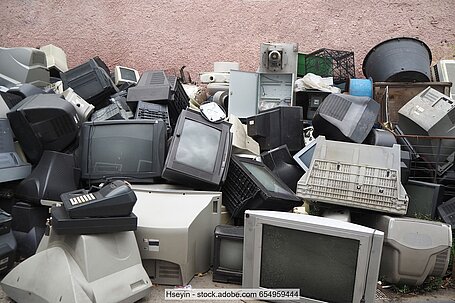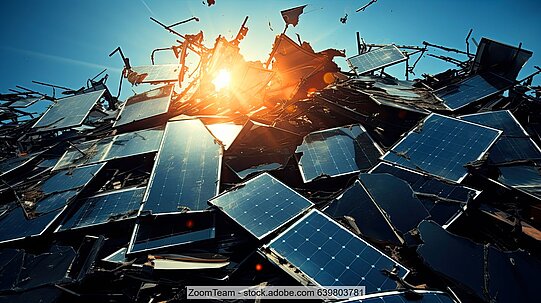Worldwide e-waste arisings are increasing five times more quickly than previously documented. A record 62 million tonnes of waste electrical and electronic equipment (WEEE) were generated in 2022, which was 82 per cent more than in 2010. Another 32 per cent growth to 82 million tonnes is expected between now and 2030. At the same time, e-waste recycling meets just one per cent of the demand for rare earths, according to the fourth edition of the United Nations’ Global E-Waste Monitor (GEM).
The report stated that the 62 million tonnes of e-waste generated in 2022 would fill 1.55 million 40-tonne heavy goods vehicles, enough to form a line going roughly all the way around the equator. Just under one quarter of e-waste was documented as collected via formal channels and recycled in an environmentally sound manner. This meant that the fate of resources with a value of about US$62bn was unclear. Non-compliant e-scrap management also poses risks to human health and the environment, for instance through the release of mercury and bromine compounds into the environment.
The report notes that better recycling makes economic sense: increasing the global recycling rate to 60 per cent by 2030 would yield benefits that are US$38bn higher than recycling costs. At the same time, recycling more could significantly reduce health risks from e-waste and also decrease reliance on a small number of resource-rich countries....




